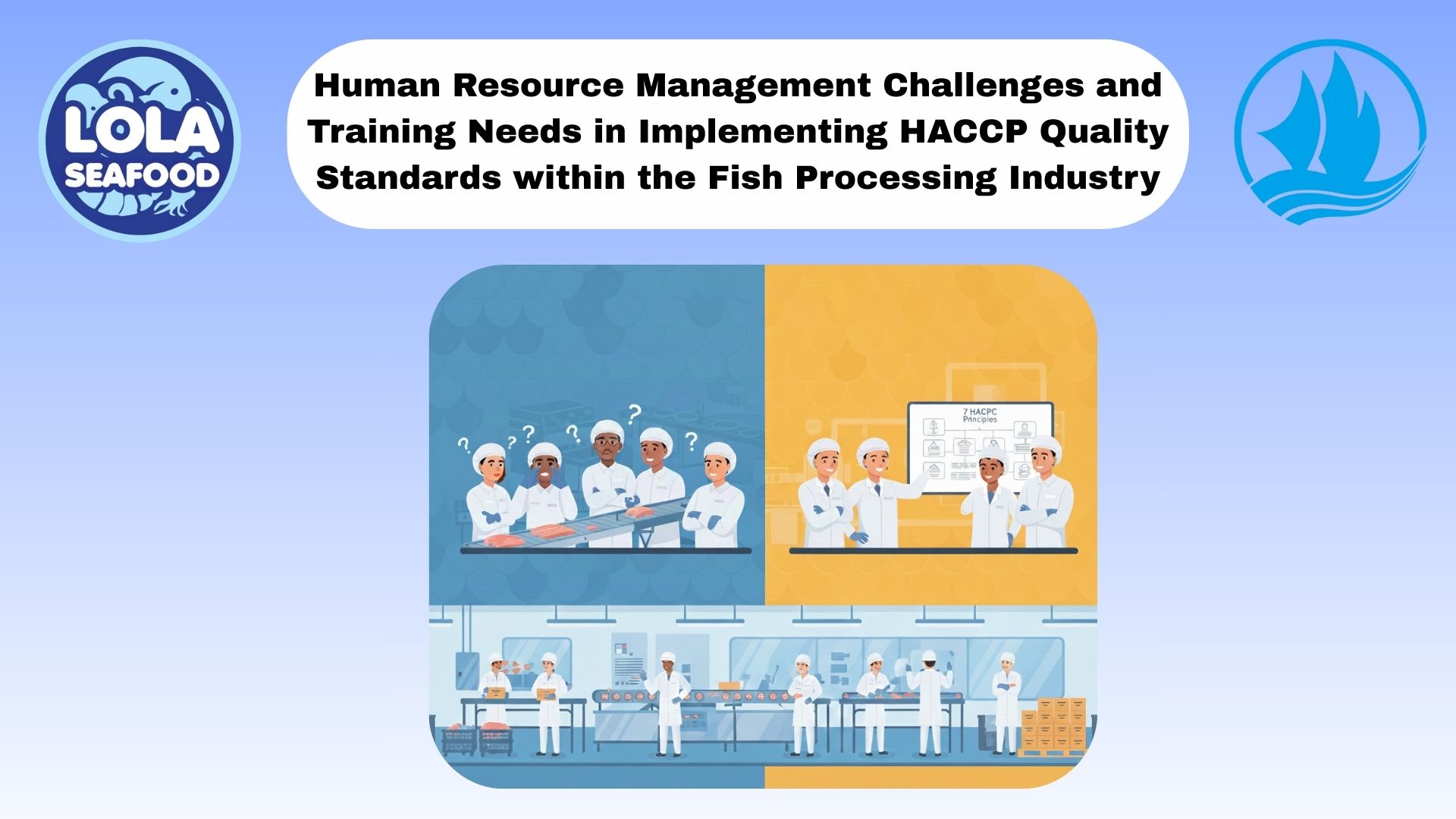Methods Longline Fishing
By. Najih - 20 Nov 2024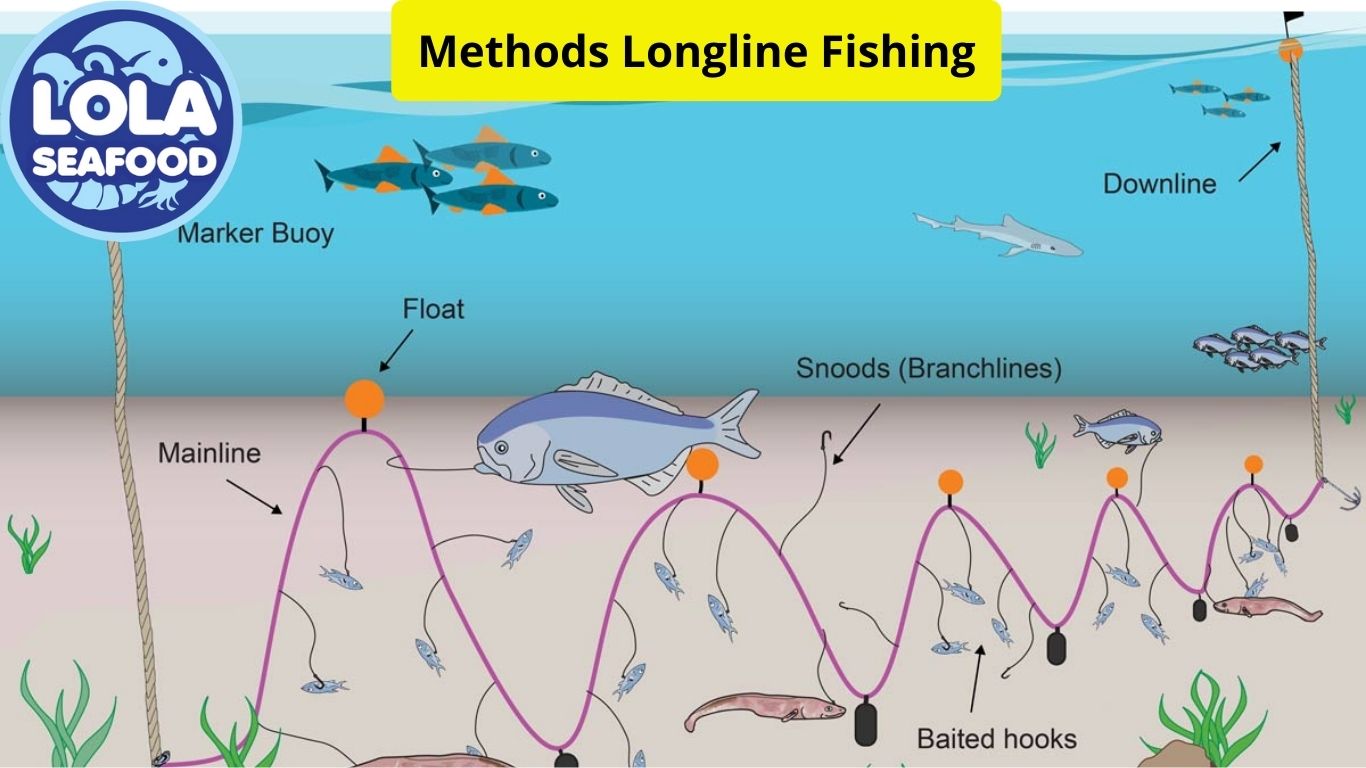
Longline fishing is a commercial technique that involves using a long main line with multiple baited hooks attached at intervals. This method is effective for catching various fish species, particularly those found in deeper waters, such as tuna. Longlining is considered a selective fishing method, allowing fishermen to target specific species while minimizing bycatch. Here are some key points about longline fishing:
Overview of Longline Fishing
- Longline fishing utilizes a long main line, which can extend several miles, with numerous hooks attached via shorter branch lines called snoods.
- The technique can be employed in both pelagic (midwater) and demersal (bottom) environments, targeting species like swordfish, tuna, halibut, and various bottom-dwelling fish.
- Longlines can be set to drift or anchored, depending on the fishing strategy and target species.
Environmental Impact
- Longline fishing is generally considered more environmentally friendly compared to methods like trawling, which can damage seafloor habitats.
- It causes minimal disruption to the ocean floor, as the lines simply soak in the water without dragging across the seabed.
- However, longline fishing is not without its challenges, particularly concerning bycatch, which includes non-target species such as dolphins, seabirds, and sea turtles.
Bycatch Mitigation Techniques
- Various strategies have been developed to reduce bycatch in longline fishing, including:
- Use of Circle Hooks: These hooks are designed to reduce the likelihood of non-target species being caught.
- Weighting Lines: Ensuring lines sink quickly can help minimize interactions with seabirds.
- Setting Lines at Night: This reduces the risk of attracting birds to the bait.
- Streamer Lines: These are deployed to scare away birds during the setting of lines.
Sustainability and Certification
- Longline fishing is often viewed as a sustainable fishing method when practiced responsibly.
- The Marine Stewardship Council (MSC) offers certification for longline operations that adhere to sustainable practices and improve monitoring programs.
- Sustainable longline fishing can help conserve overfished species by allowing fishermen to focus on more abundant stocks.
Longline fishing represents a significant method in the commercial fishing industry, balancing the need for seafood with environmental considerations. By employing targeted techniques and sustainable practices, longline fishing can contribute positively to marine conservation efforts while providing high-quality seafood.
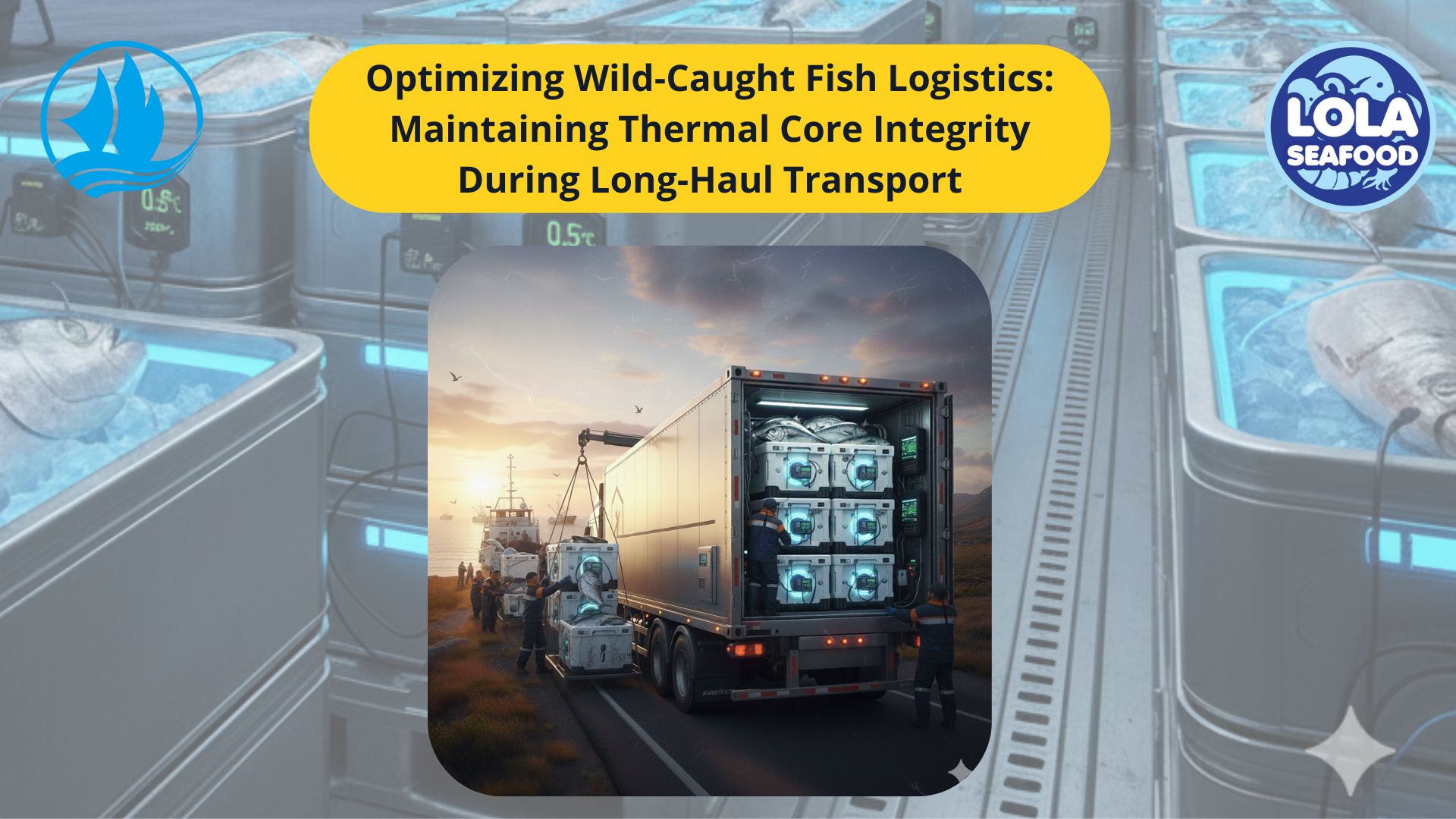
Optimizing Wild-Caught Fish Logistics: Maintaining Thermal Core Integrity During Long-Haul Transport
.jpg)
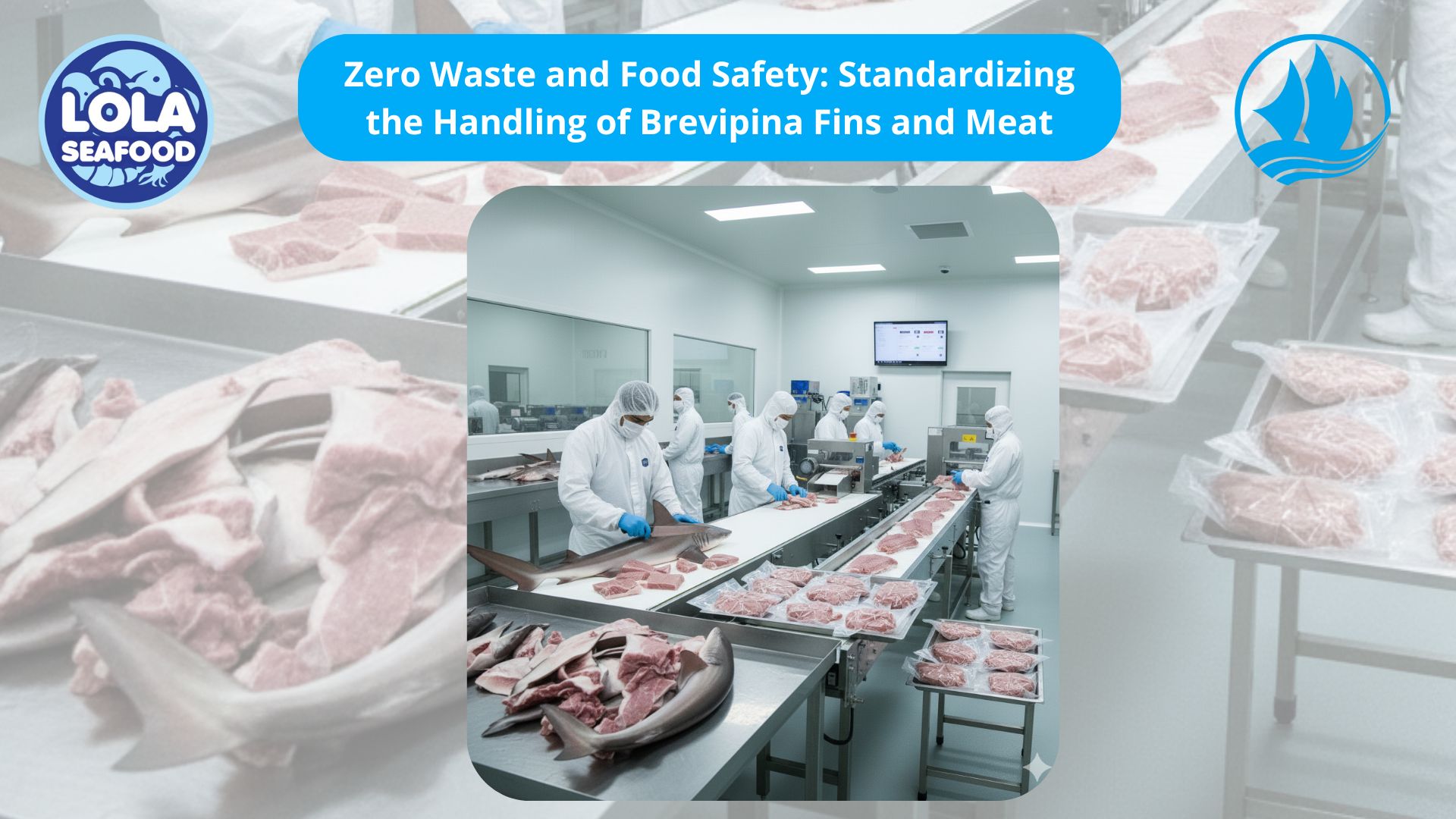
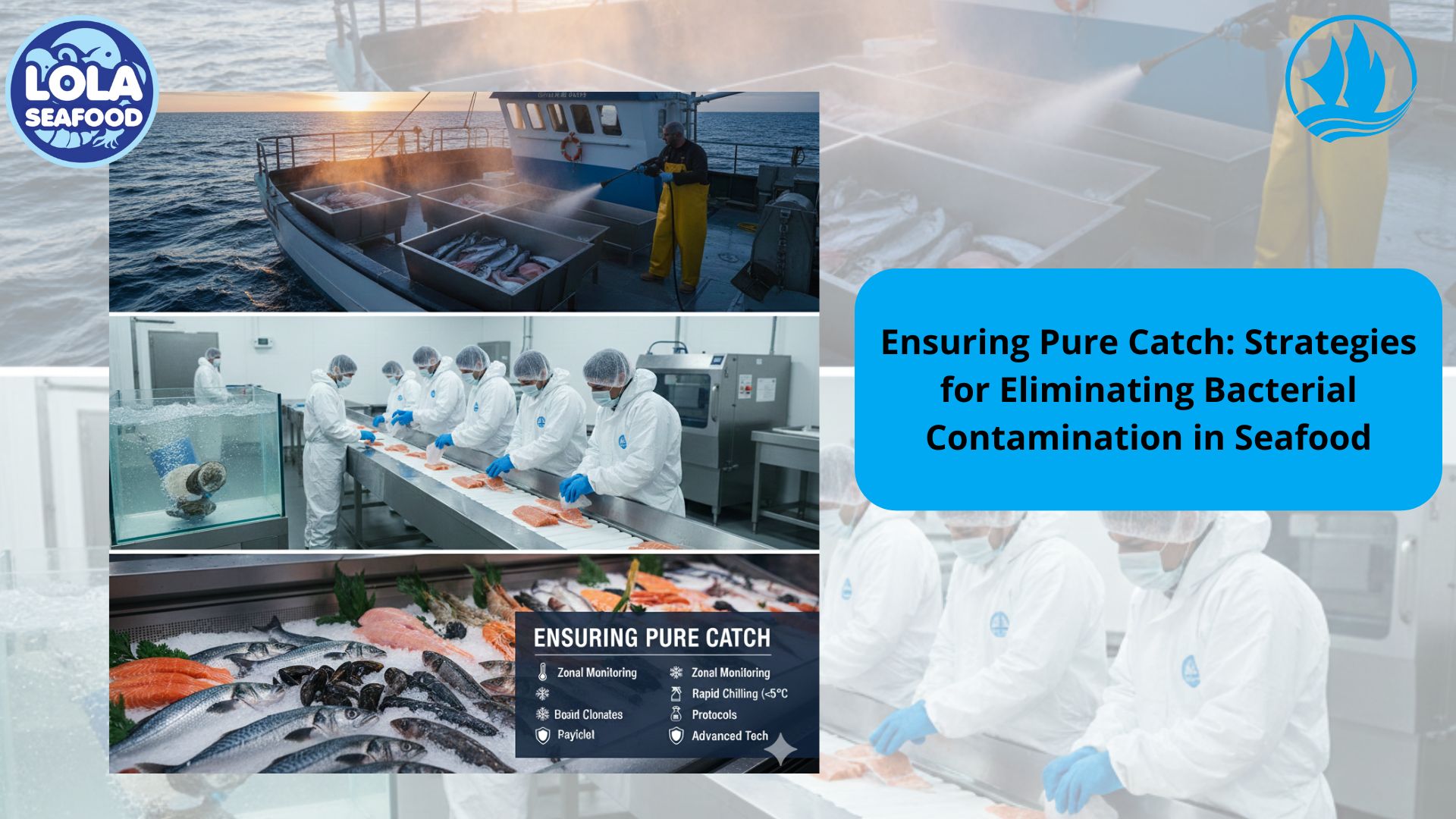
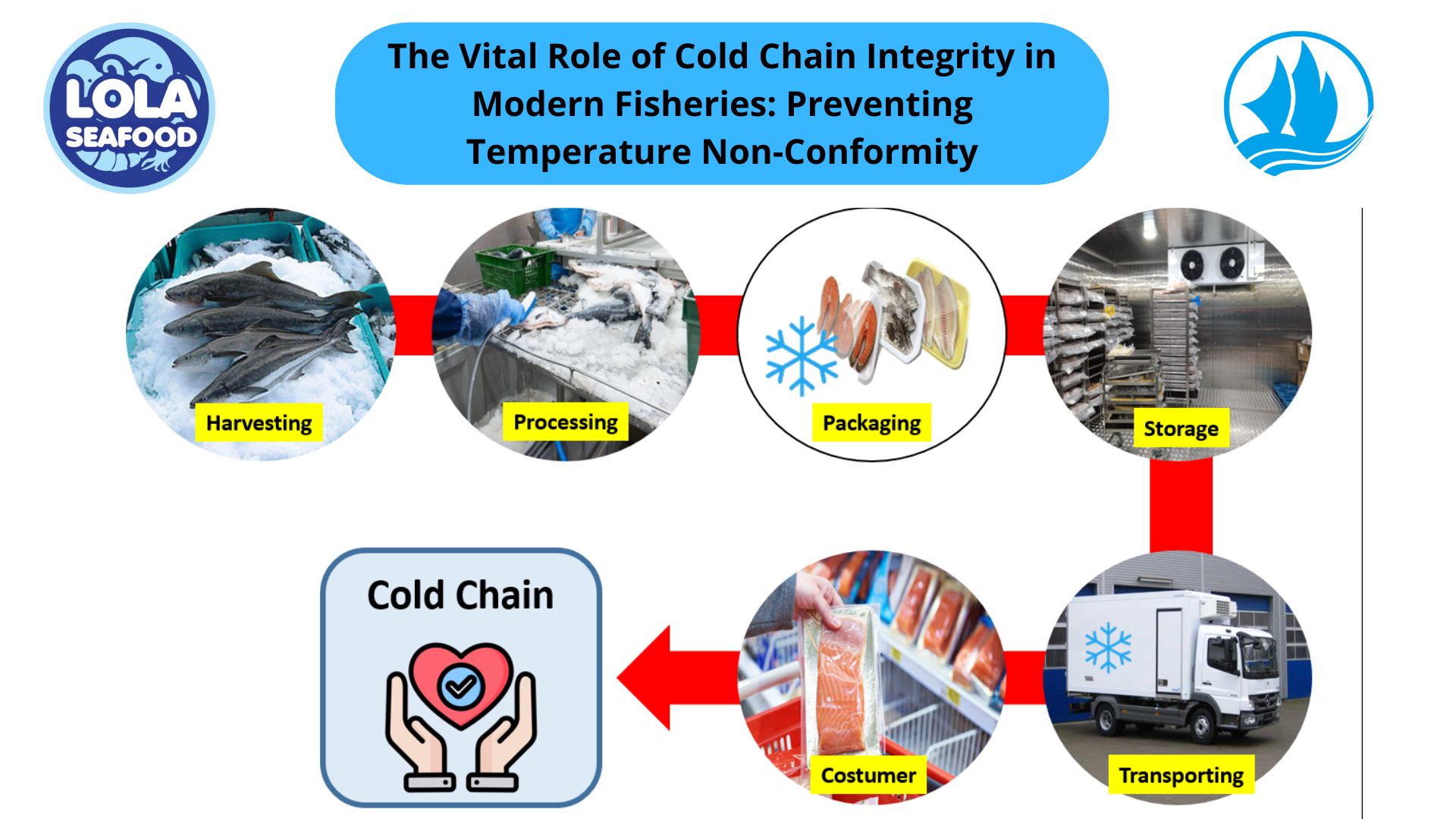
.jpg)
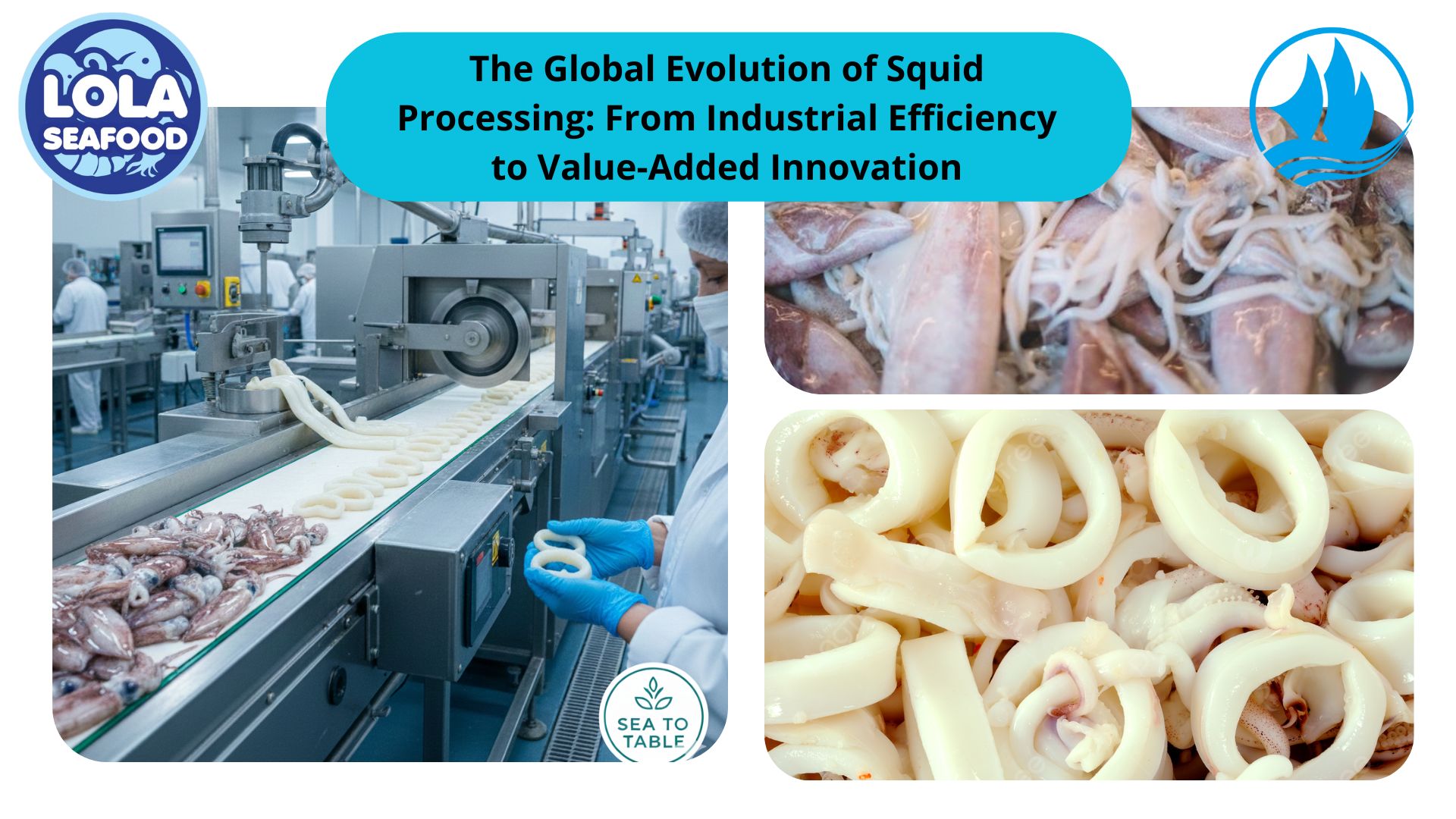
 and Employee Productivity on the Demersal Fish Processing Floor.jpg)
